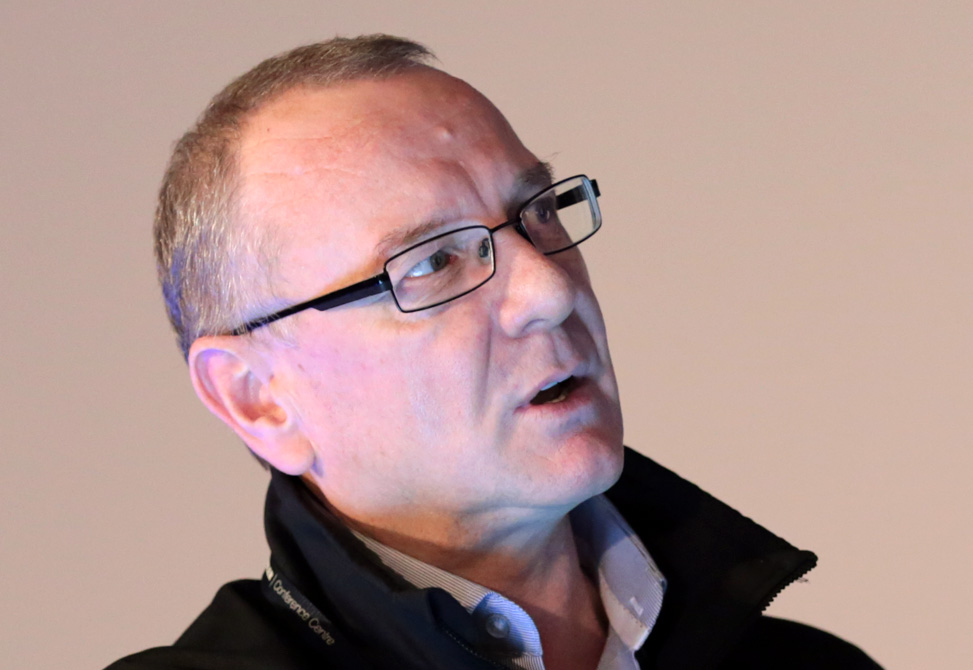Patrick Sexton
Monash University
Talk Session: SESSION 14: STRUCTURAL METHODS IN PEPTIDE SCIENCE
Date: Thursday, June 16, 2022
Talk Time: 11:50 am - 12:15 pm
Talk Title: Structure and Dynamics of Class B Peptide Hormone G Protein-Coupled Receptors
In the last five years Professor Patrick Sexton and colleagues have begun unravelling the complexities of drug action that could revolutionise pharmaceutical drug design. Their profound new knowledge of the complex interactions occurring on the surface of the body's cells challenges traditional views of how medicines work, and could lead to treatments so precise they can be tailored to individual patients.
Working within the Monash Institute of Pharmaceutical Science, Patrick is uncovering the secrets of the largest family of cell surface receptors: G protein-coupled receptors, GPCRs. These receptors allow communication between what moves around the body to inside cells, and are the largest drug target family in the human genome.
The established approach to drug design was based on a belief that all pathways activated by a receptor would be affected equally by drugs, with investigations of drug action limited to a single signalling pathway.
However, Patrick's research has discovered there is far more going on at the cell surface. Receptor activity is far broader than previously understood. Most receptors are now known to activate multiple pathways. Further complicating the process, individual drugs acting at the same receptor cause different activity.
This understanding creates the potential to develop drugs that selectively activate beneficial pathways and don't activate signals that are less beneficial and lead to side-effects.
G protein-coupled receptors, GPCRs, are the largest superfamily of cell surface receptor proteins and a major target class for drug development. GPCRs are inherently flexible proteins that have evolved to allosterically communicate external signals to modulation of cellular function through recruitment and activation of transducer proteins, particularly G proteins.
Technological evolution in cryo-EM combined with continuing advances in biochemical approaches for the stabilisation of active-state complexes of GPCRs with different transducer proteins is now enabling structural interrogation of receptor activation and transducer engagement. Moreover, cryo-EM can access conformational ensembles of GPCR complexes that are present during vitrification, which can provide a window into the dynamics of these complexes.
Using exemplar class B receptors, I will discuss how we are using cryo-EM to provide insight into GPCR activation by different agonists, and mechanisms of differential transducer coupling. I will also discuss how analysis of conformational dynamics of different agonist-GPCR-transducer complexes can contribute to mechanistic understanding of GPCR pharmacology.







